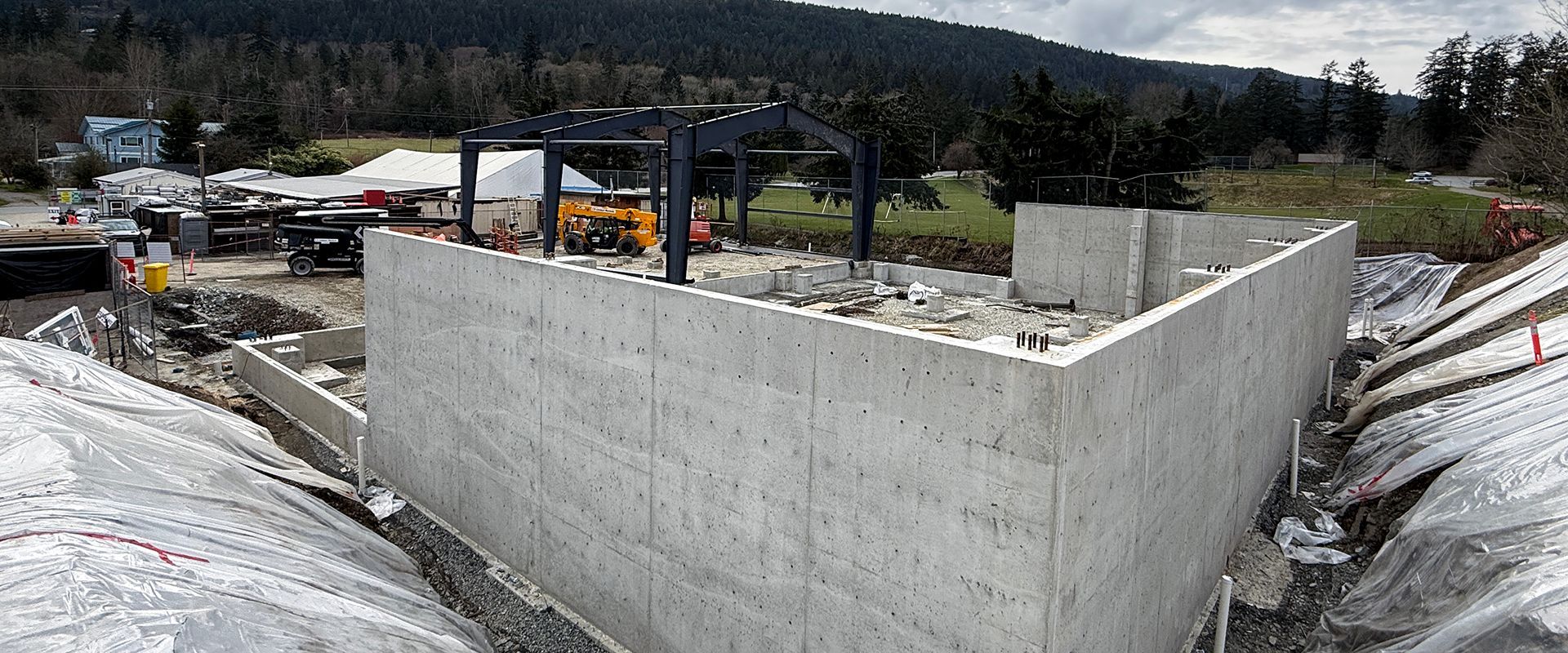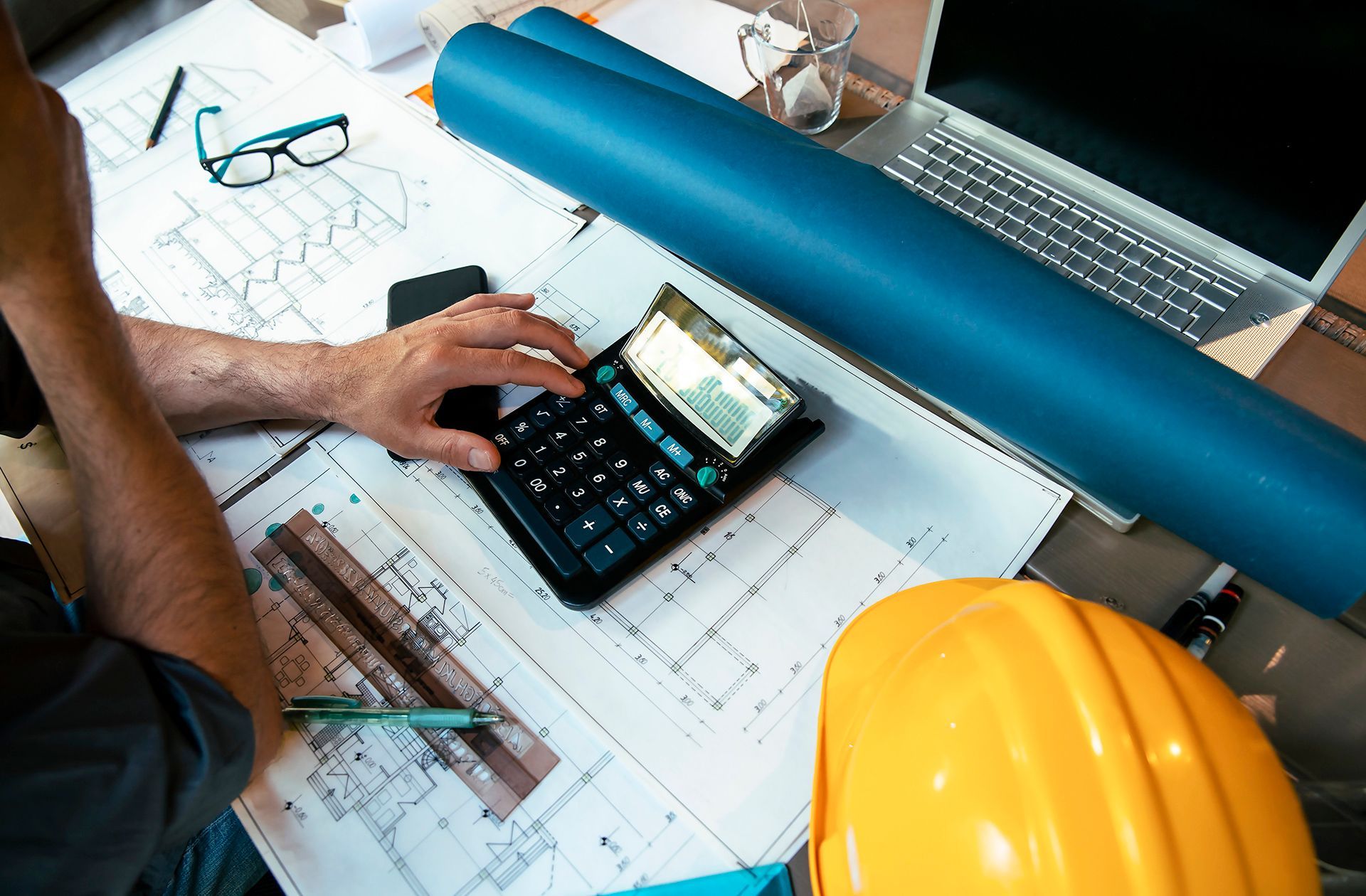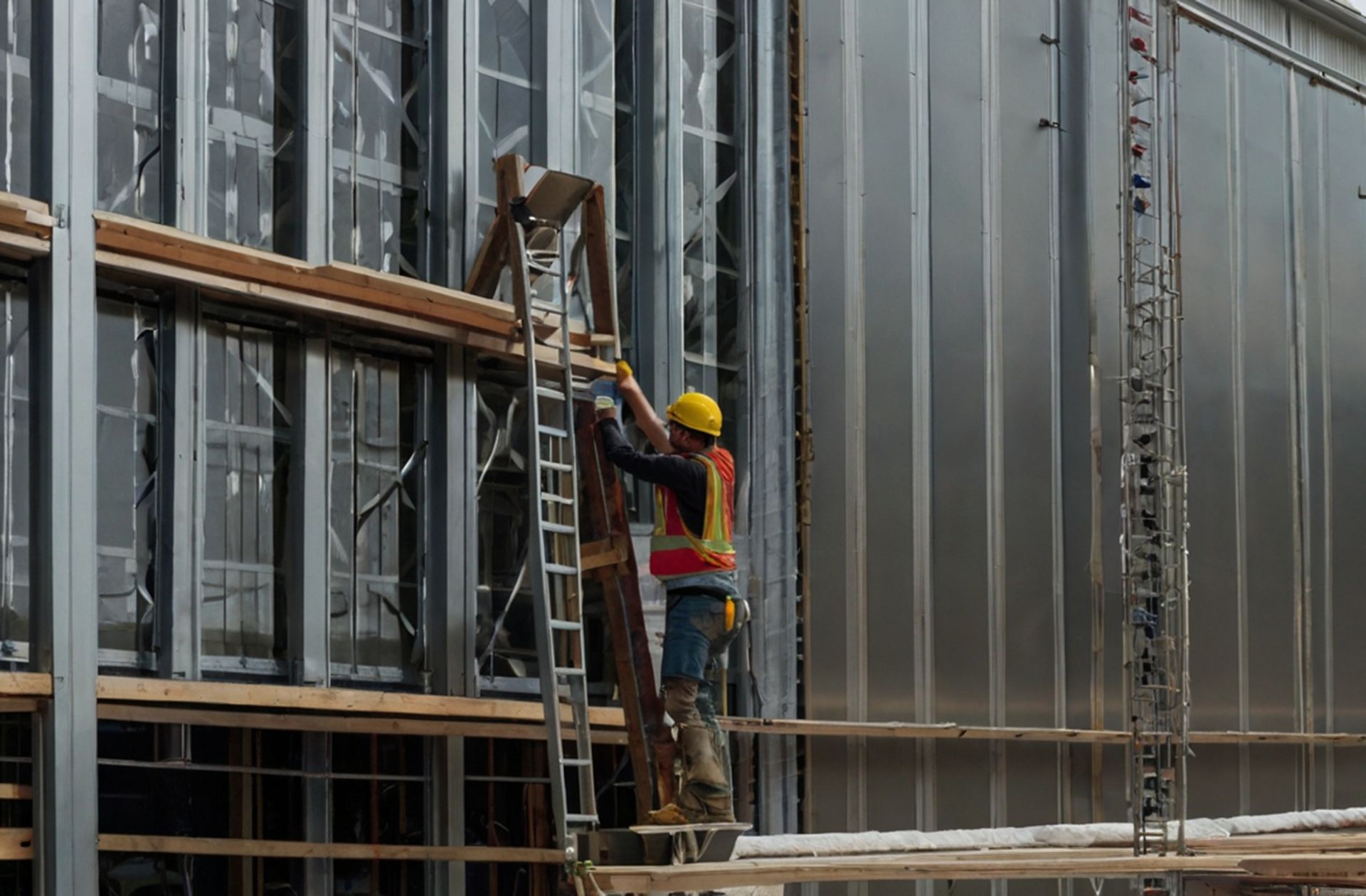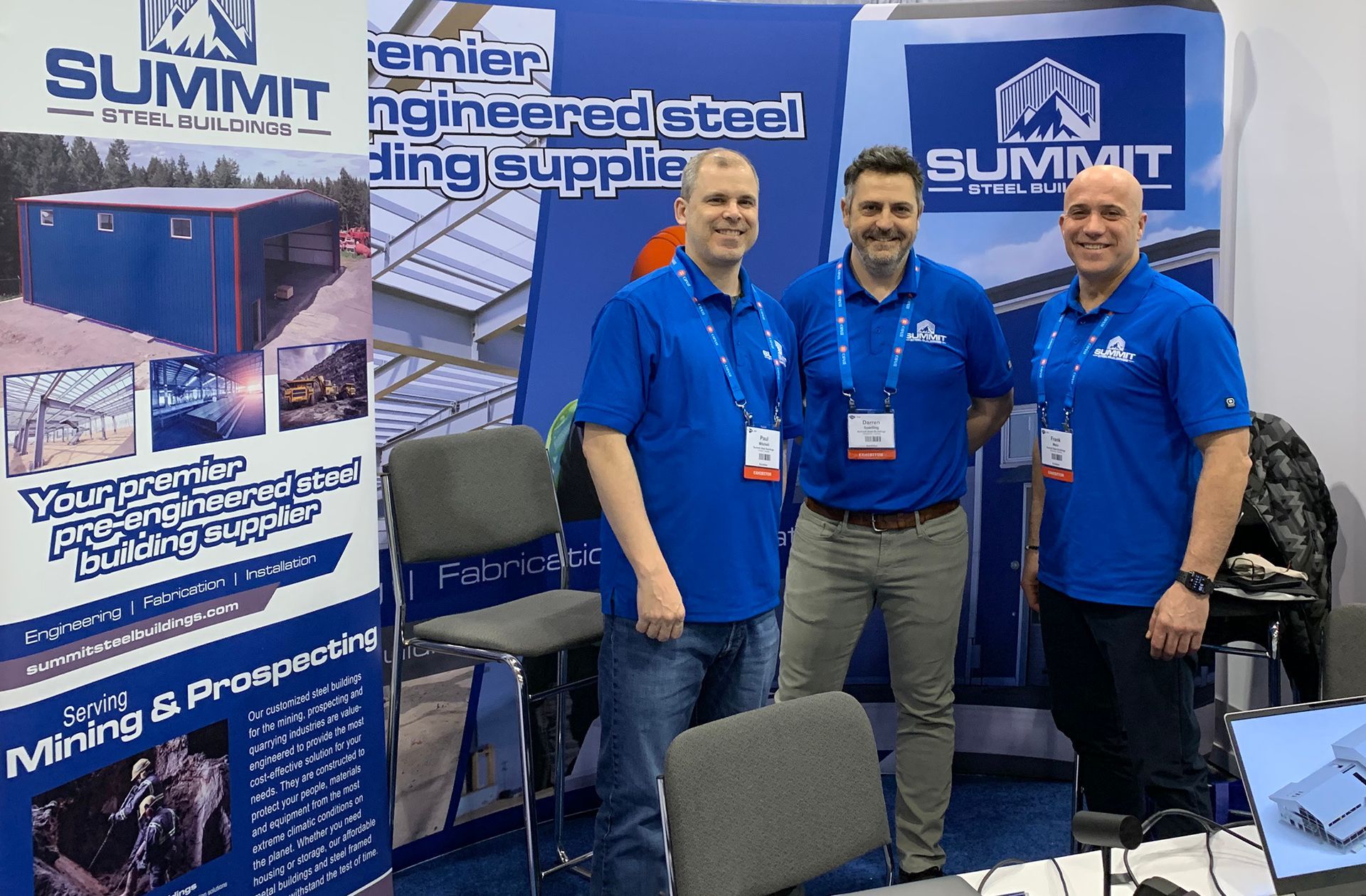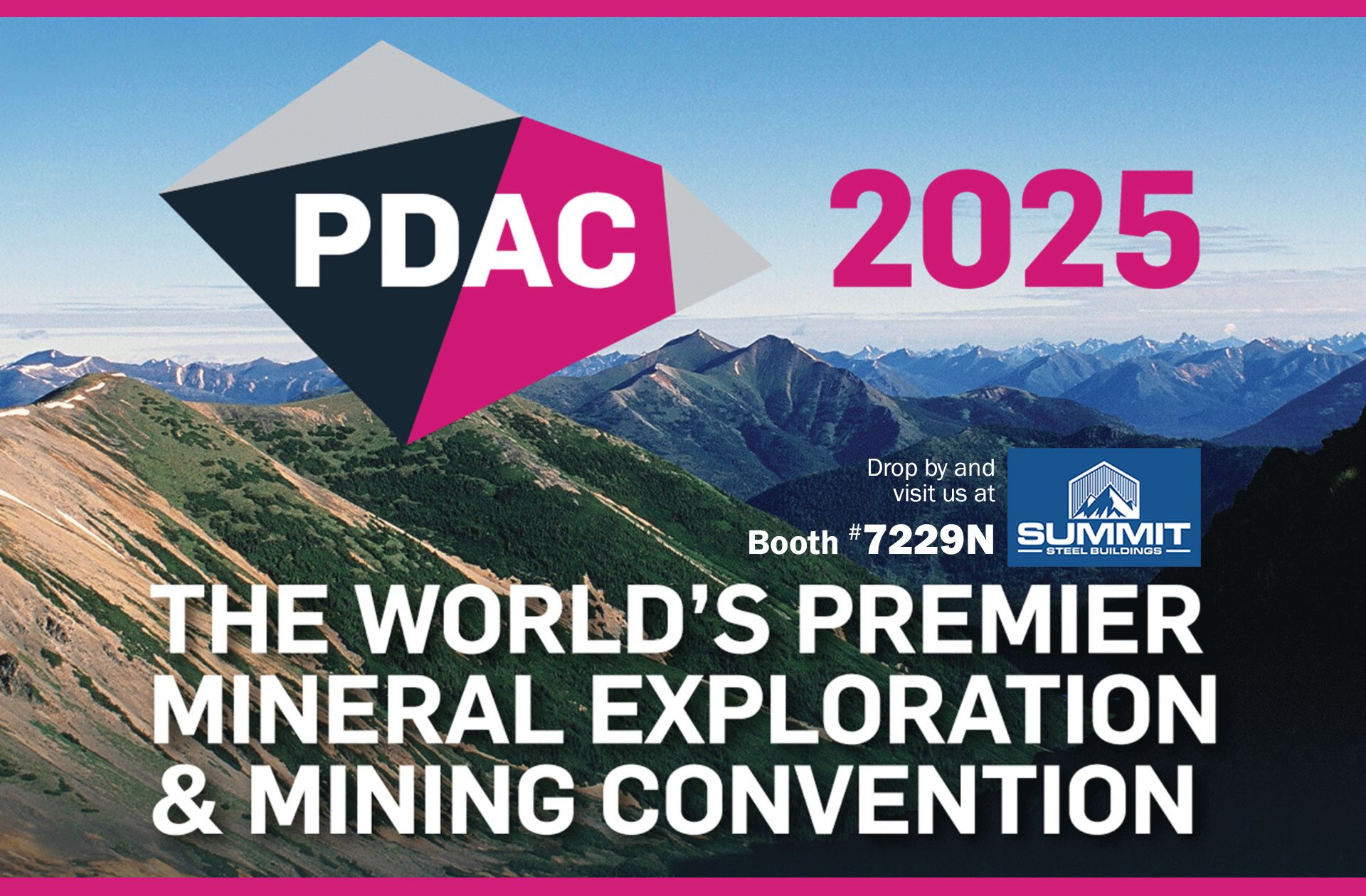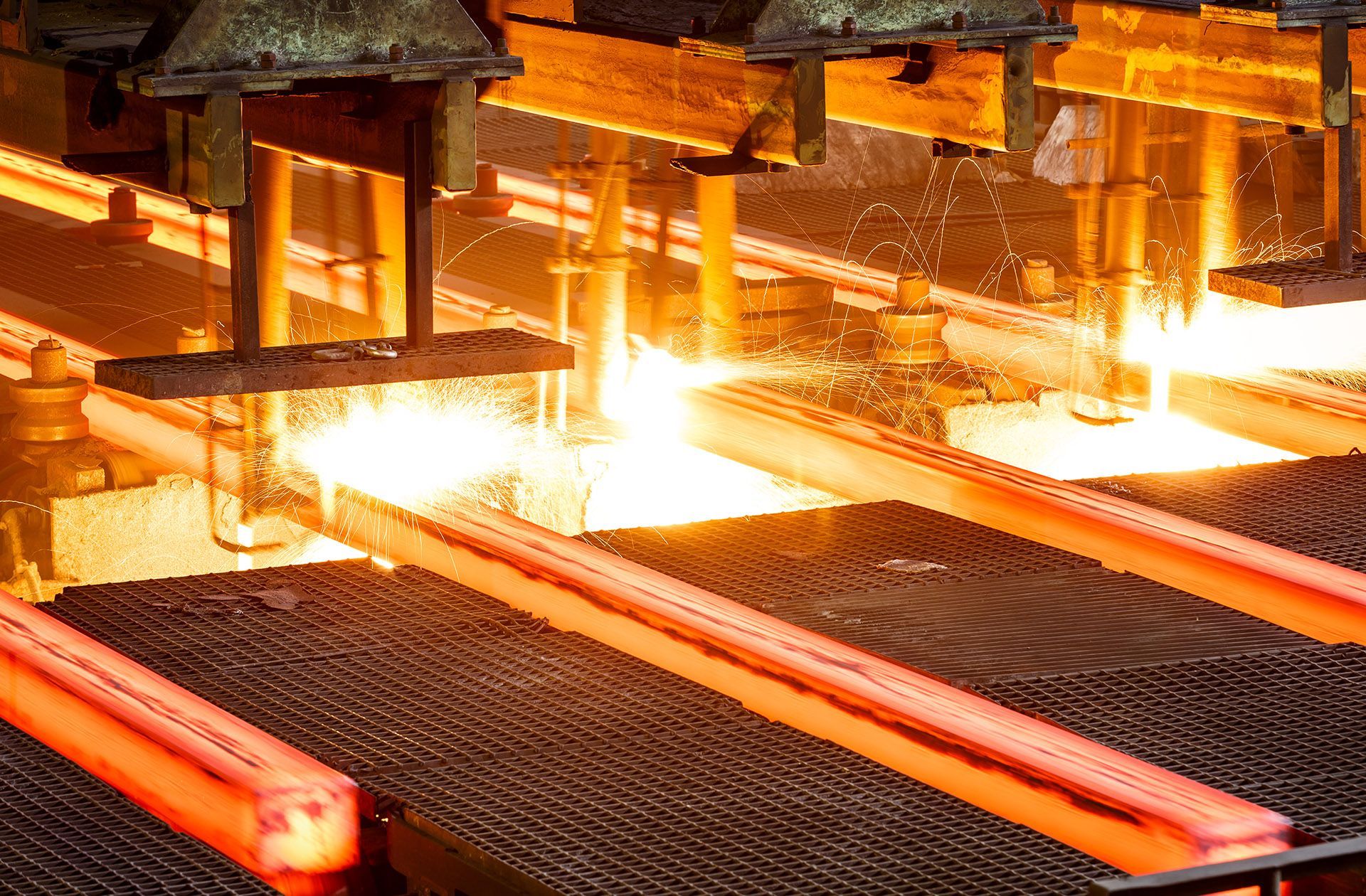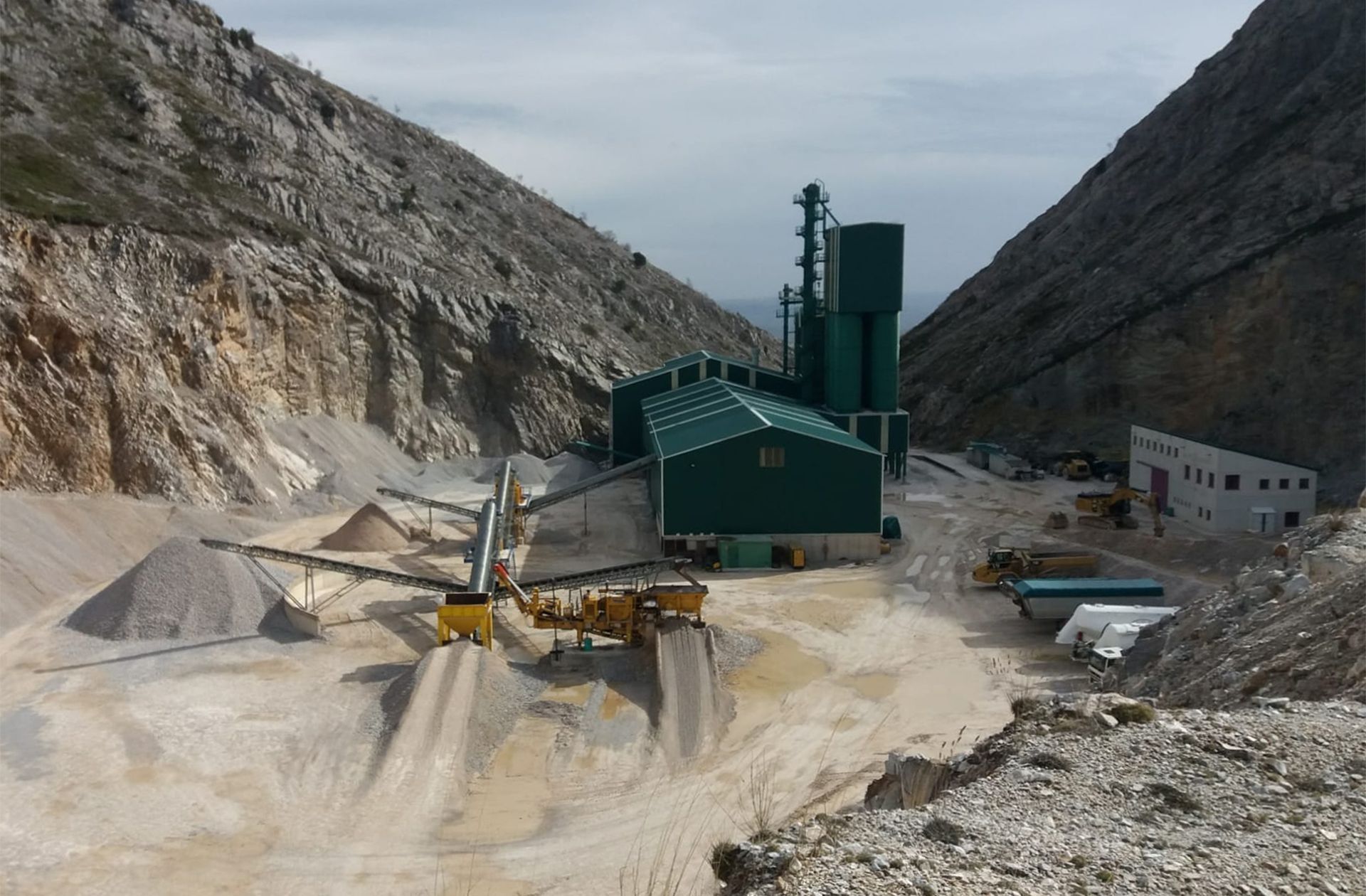Get a bigger building that requires less maintenance
Using pre-engineered steel for your next commercial or industrial construction project means larger interior spaces that cost less to uphold.
It’s easy to be impressed by construction when a building is brand new. Everything is clean, edges and lines are crisp and straight, the paint is spotless, and the details look great. Owners cannot help but be amazed by how fantastic their new building looks – a lot of effort when into the last few days to make it look that way.
What about its ongoing appeal over the next 50 to 100 years? The difference in
the longevity of a building lies in the everyday, practical day-to-day attention to detail, especially when it’s being built, and which materials are used. The difference is substantial when it comes to how much maintenance work is required. Time savings eventually add up. After all, upkeep and repair work can quickly and easily detract from your employee’s ability to focus on the important revenue-generating activities. Easy-to-maintain steel buildings make a huge difference to keeping your structure looking and performing as well as it did when it first opened.
The world relies on steel
Construction accounts for more than half of the planet’s total steel use. Due to its strength, steel is commonly used to help build everything from warehouses to skyscrapers. It’s no wonder: steel is impervious to rotting, water and pest damage and offers much greater weather and fire resistance, especially with flame-retardant coatings. It’s lightweight, strong and can be formed to handle any architectural design.
While most large engineering projects rely on steel for its framing and support capabilities (it has more strength and durability than any other material used in construction), modern pre-engineered metal buildings use it throughout the entire structure. Once the framing is secured to a solid concrete foundation and base, other steel is added layer by layer to complete the rest of the building. Insulated metal panels (IMPs) and sheets are used for exterior walls, ceiling and rooting. Final drywall and interior design finishings are added as a last stage in Summit Steel Buddings’ turnkey process.
Steel affects the possible dimensions of your building
Metal building pre-engineering also affects the final size of your building. With its high strength-to-weight ratio, interior spaces can be large and wide open without pillars and columns to obstruct views, traffic flow or getting in the way of floorplan layouts. Brick and mortar or wood structures are not able to offer this versatility.
Your building is not limited by length. It can be as long as your site location, budget and imagination allow. And if you anticipate needing more space in the future, expansion is quick and easy by adding load-bearing framing bays at one or both ends. A ridged steel-frame system creates clearspans to more than 300 feet (91.44 metres) wide and bay spans up to 60 feet (18.3 metres). Get the unobstructed space (i.e., no posts) you need by using modular framing, which is a more economical choice for any project over 80 feet wide.
Bigger buildings that require less maintenance work
Modern steel buildings with standing-seam roofs require little effort to maintain. Cold-formed steel panels and components do not rust, rot, warp or require any painting to maintain their look. Being galvanized, or having treated finishes, means they’ll maintain their look without any follow-up work aside from the occasional washing.
See the simple ways to maintain the look and reliability of your steel building.
In the case of painted wood buildings, constant repainting is required to prevent splitting, rot and deterioration. Maintenance costs for buildings made from traditional materials (e.g., wood or brick) can run as high as 5% of total building value per year. Unexpected repair and replacement costs drive those totals much higher. Unplanned repairs often take 3 to 9 times longer than a scheduled job to perform and the costs to do so (materials and labour) are equally as high.
Steel buildings practically eliminate these costs since no upkeep is required. The major consequence of both regular and unexpected maintenance costs is a hit to profitability twice: once for the cost of repairs, and again for loss of revenue during downtime.
Using steel engineering means more focus on production, less money on upkeep
Secured by its solid concrete and steel beam foundation and a wide range of attractive and permanent finishings, you new steel building will stand strong, looking as good years later as it did on the day it was built.
And without requiring constant repair, your teams can spend their time doing what they do best in a large comfortable environment rather than losing time to building maintenance, such as painting, repairs and going to the builder’s supply store to find the right components. There’s a good reason why over 90% of new industrial and commercial structures are made using steel pre-engineering.
When you’re ready to build, contact Summit Steel Buildings at 877-417-8335 and we’ll provide you with a free quote and preliminary drawings.
About the author
Frank Melo has a construction civil engineering technology and business background with over 25 years of experience as a business owner and contractor. He was born and educated in London, Ontario and now divides his time between projects primarily in Ontario and British Columbia. He can be contacted at Summit Steel Buildings at
(778) 951-4766 or by email at
frank.melo@summitsteelbuildings.com
or through
LinkedIn.

